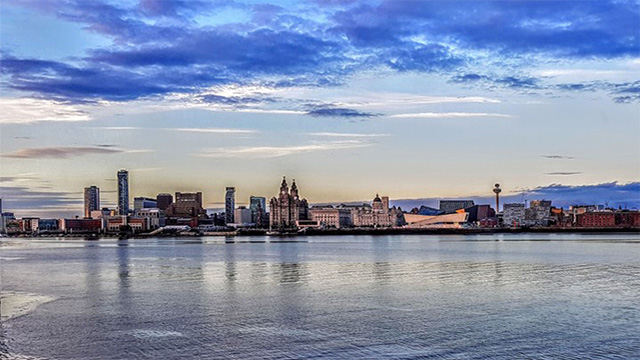Grosvenor Britain & Ireland is calling for major planning reform so that listed buildings can be retrofitted to become more energy efficient, estimating that a 5% reduction in carbon emissions could be delivered if upgrades can be made.
Fabric improvements to listed properties in England and Wales, combined with unlisted historic dwellings in conservation areas, could deliver operational carbon savings equivalent to 5% of the UK’s carbon emissions associated with all buildings in 2019, according to Grosvenor.
The firm has urged the government to commit publicly to align heritage protection and environmental sustainability more closely in the NPPF, and include appropriate policies for carbon reduction in relation to all designated heritage assets, excluding scheduled ancient monuments.
The landlord’s report was produced with the National Trust, Historic England, Peabody, Southern Housing and The Crown Estate.
Around 500,000 buildings in England alone are protected by statutory listing, according to the report. It added that “hundreds of thousands more” are situated in conservation areas.
Tor Burrows, executive director for sustainability and innovation at Grosvenor Britain & Ireland, and a COP26 built environment ambassador, said: “The UK is a world leader in heritage protection. Time and again we have proved that our nation’s historic assets can be sensitively adapted to changing times and new uses.
“But ambiguous policy, inadequate funding and a major skills gap are stalling our ability to help them adapt once more – this time against the climate emergency.
“In 2021, we have a unique chance to protect our heritage and the environment. Nobody intended COP26 to arrive alongside planning reform, but it creates an amazing impetus. The potential prize is equivalent to a 5% reduction in UK emissions associated with buildings and a substantial contribution to the sixth carbon budget. We just need the bravery to act and the place to start is getting policy right.”
Ingrid Samuel, historic environment director for the National Trust, said: “Our built heritage must play a real role in tackling climate change. We shouldn’t be building new carbon-hungry houses, but instead get the right ingredients in place to retrofit them sensitively and in a cost-effective way. Redirecting planning policy to support this goal is clearly part of the answer, but it can’t be done in isolation.
“It is vital that government aligns wider policy with appropriate skills and technology, and a real sympathy and understanding for historic fabric to ensure these special places are here for future generations.”
Dick Mortimer, executive director at Peabody, said: “Social landlords wanting to upgrade poorly-performing historic homes face barriers at every turn. Changing planning policy won’t solve all the problems at a stroke. But alongside more funding, it would help combat fuel poverty among our residents.”
To send feedback, e-mail pui-guan.man@eg.co.uk or tweet @PuiGuanM or @EGPropertyNews










